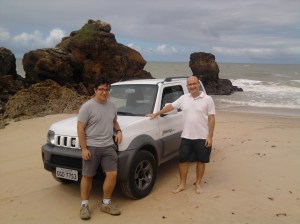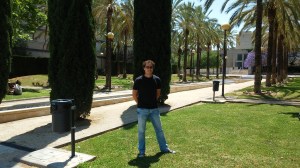Review of “Covariant Loop Quantum Gravity, an elementary introduction to quantum gravity and spinfoam theory” by Carlo Rovelli and Francesca Vidotto
One of the central problems of contemporary physics is finding a theory that allows for describing the quantum behavior of the gravitational field. This book is a remarkable update on one of the most promising approaches for the treatment of this problem: loop quantum gravity. It places special emphasis on the covariant techniques, which provide with a definition of the path integral, an approach known as spin foams. It is a field that has undergone quite a bit of development in the last two decades. The book gives an overview of this area, discussing a series of results that are presented with great clarity. Both students and established researchers will benefit from the book, which provides a dependable introduction and reference material for further studies. Only a basic knowledge of general relativity, quantum mechanics and quantum field theory is assumed. The conceptual aspects and key ideas are discussed in the main body of the book and Continue reading







You must be logged in to post a comment.